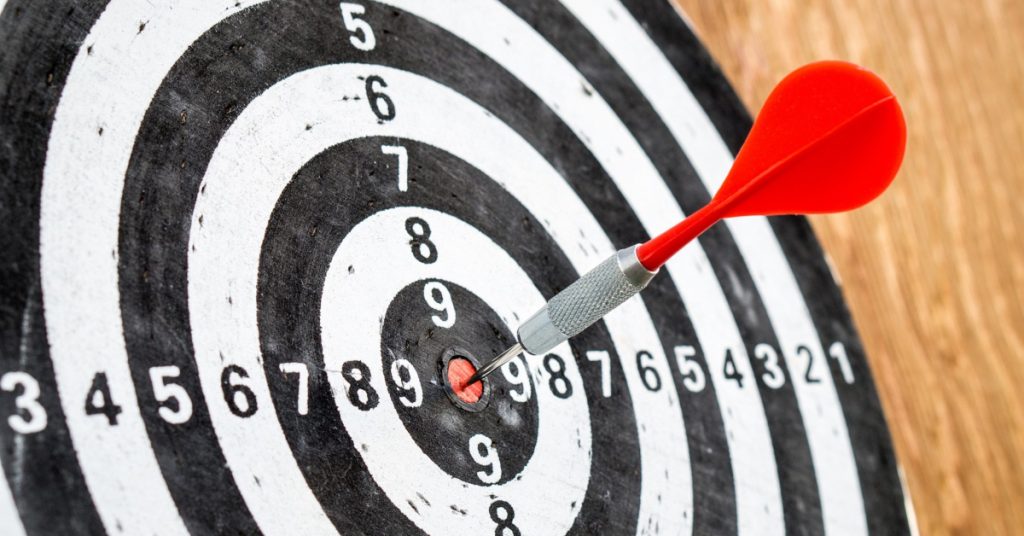Listen to this post
Click here to listen to this episode of the Focus With Marlene podcast.
Before we start putting together a formal goal plan, let’s review a few important things:
-
- Don’t focus on limitations – fear of the unknown can color our belief in ourselves.
- Give yourself permission to make mistakes – do your homework ahead of time.
- Don’t get discouraged if, in the process of putting your goal plan together, you discover the goal isn’t exactly right. Make corrections as needed.
- If the goal isn’t right for you it is okay to let go of it, re-define it or re-work it. We are not only learning about goal setting but a lot about ourselves in this process.
- Don’t abandon your goals because you believe you won’t be able to complete them. It’s okay to put some goals on hold while we meet current commitments or circumstances.
- Start with little goals that you can accomplish within a small period of time. This will help in understanding the process and how you fit within it
Goals aren’t a life sentence.
They simply provide the means by which we can accomplish those things that are important to us. Ongoing evaluation and monitoring will help correct time frames or the need to break your goal into smaller components. Sometimes, we need time to put new habits in place; or it might be the wrong time in your life to work on this particular goal.
The basic components of a goal
1. Goal Statement
Goals need to be personal, have value to you personally, and say what you want to accomplish. They need to be realistic and obtainable and have the ability to measure it.
2. Time
Set a specific time when you will start and when you hope to complete your goal.
3. Obstacles
List the obstacles you face right now and ways to overcome them.
4. Plan of Action
Put down step-by-step the ways you will accomplish this.
5. Benefits
What benefit will I get as a result of this goal? Again, the benefits must be personal and satisfying and the “risk” involved worth the “payoff.”
6. Ongoing Evaluation
Evaluation allows for corrections and refining your plan of action.
7. Commitment
I commit myself to this target goal for this time period. Sign and date it.
8. Imagine It
Close your eyes and visualize yourself having reached your goal. Do it every day.
9. Affirmations
Turn your goal statements into affirmations that you repeat every day.
How to stay on course
Goals are often discarded because they are not important enough to overcome the obstacles to get there. When that happens, we may feel like a failure. Yet, we learn about ourselves when we start making goals.
Writing them down and developing a plan of action help us stay on course and help define what we want to do.
But goals are not intended to be so rigid and inflexible that we become broken by them. If our goals are right for us, we will be energized even when we are exhausted.
If, after starting your goal, you discover it isn’t what you wanted, refine or rework it until it is right for you. Again, this is an invaluable learning experience for us.
In my next post, I will take you through a case study of how I constructed a specific goal.
Marlene Anderson, MA, LMHC, NCC
If you enjoyed this blog post, share with your friends.
Sign up today to receive the entire series: http://eepurl.com/baaiQ1
To Receive a Free Consultation for putting together a Personal Plan of Action for yourself, fill out the contact form beside this blog or send me an e-mail.
I am also available for speaking engagements, retreats or teaching workshops for your church, clubs or women’s groups on a variety of topics that affect our lives.


